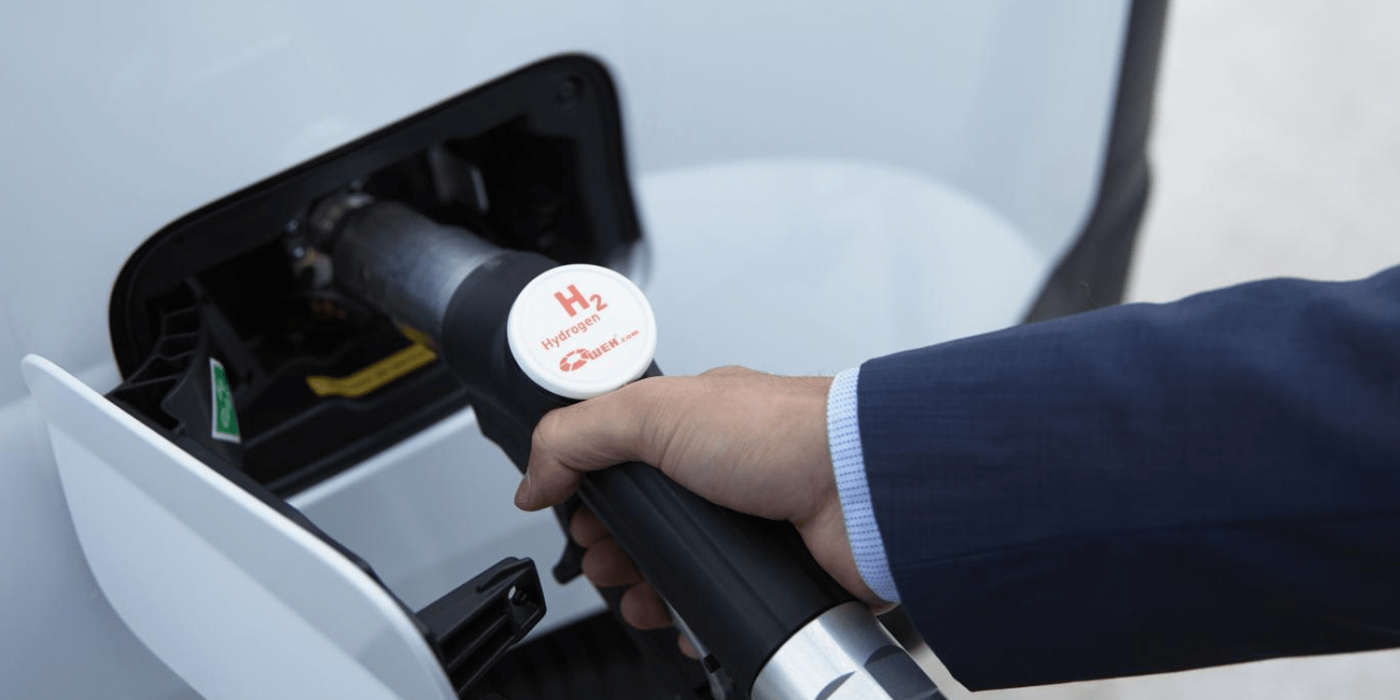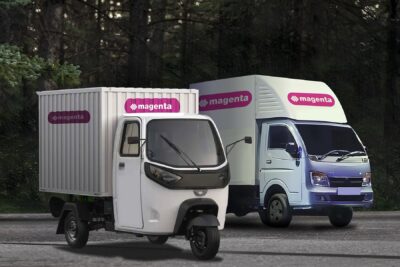North Rhine-Westphalia reveals H2 roadmap
The German federal state of North Rhine-Westphalia has presented a hydrogen roadmap. Detailed targets for 2025 and 2030 are ambitious while it remains unclear, where the hydrogen will come from.
The goals in the mobility sector up to the year 2025 include more than 400 fuel cell trucks and at least 20 hydrogen filling stations for trucks and 60 more for passenger cars. Besides, 500 hydrogen buses for local public transport and the first hydrogen-powered inland waterway vessels are to be put into motion.
The targets to be met by 2030 more than double. They include 11,000 fuel cell trucks over 20 tons, 200 hydrogen filling stations for trucks and cars, 1,000 fuel cell garbage trucks, and 3,800 fuel cell buses for public transport.
With this hydrogen roadmap, the state of North Rhine-Westphalia aims to accelerate the development of a hydrogen economy. The plan includes goals for industry, mobility and energy and infrastructure. By 2025, the first large-scale plants are to go into operation, and the first 100 kilometres of a pipeline network will be installed.
Following impulses set by the German National Hydrogen Strategy earlier this year
The roadmap from North Rhine-Westphalia follows after the German Federal government released its National Hydrogen Strategy in June this year. According to Peter Altmaier (CDU), Minister of Economic Affairs, the now-adopted national strategy should contribute to “making Germany the number one in the world for hydrogen technologies”.
To recap in brief, the German National strategy comprises 38 measures with plans that are roughly divided into two phases: The market ramp-up is to be started by 2023 and strengthened by 2030, both nationally and internationally.
In this German National Hydrogen Strategy, nine of the 38 measures dealt with the transport sector. This includes the “coordinated development of a needs-based refuelling infrastructure to supply vehicles, also in heavy road haulage, local public transport and local rail transport.” The Energy and Climate Fund is to provide 3.4 billion euros by 2023 for the promotion of tank and charging infrastructure.
Also up to 2023, “plants for the production of electricity-based fuels” are to receive 1.1 billion euros in funding – but not necessarily as synfuel for cars, but aviation. Measure 7, for example, mentions electricity-based kerosene.
In addition to the promotion of filling stations, investments in hydrogen vehicles are to be supported for “market activation”. The strategy promises 2.1 billion euros in grants for the purchase of electrically powered vehicles, 900 million euros in grants for the purchase of commercial vehicles with alternative, climate-friendly drives and 600 million euros “to promote the purchase of buses with alternative drives.”
Research is to be supported to reduce costs, and renewable energy for the production of “green” hydrogen via electrolysis is to be promoted. Since Germany is Europe’s most densely populated country with little wind and sun, it is aiming for “energy partnerships” with producer countries (especially with states in Africa). The targeted five GW by 2030 should cover one-seventh of Germany’s demand. The rest must be imported.
North Rhine-Westphalia a key region for European industry
While the German National Hydrogen Strategy painted in broad strokes, the federal state of North Rhine-Westphalia is quite specific. North Rhine-Westphalia is a pivotal state for Europe since it is famously home to a lot of Germany’s heavy industry and located in the North-West of the country, bordering several important European metropolises, and includes the northern end of the great Rhein river.
North Rhine-Westphalia has laid the foundation for the development of a hydrogen economy with a series of pilot projects. In March this year, the state contributed to the roll-out of Europe’s largest fleet of hydrogen-powered fuel cell hybrid buses. This began back in 2014 when the public transport operator Regionalverkehr Köln (RVK) began tested two prototype fuel-cell buses.
Now says the state government, the conditions for a broad roll-out must be created. According to the research centre Forschungszentrum Jülich, the demand for hydrogen in North Rhine-Westphalia will rise to 104 terawatt-hours per year by 2050. Eighteen terawatt-hours of this can be generated here. The state government says it is seeking further international partnerships to meet this demand. With a dozen projects and an underlying project volume of four billion euros, the North Rhine-Westphalian undertaking marks a clear committed to the hydrogen economy and hydrogen fuel cell transport.
wirtschaft.nrw, electrive.net (both in German)





0 Comments